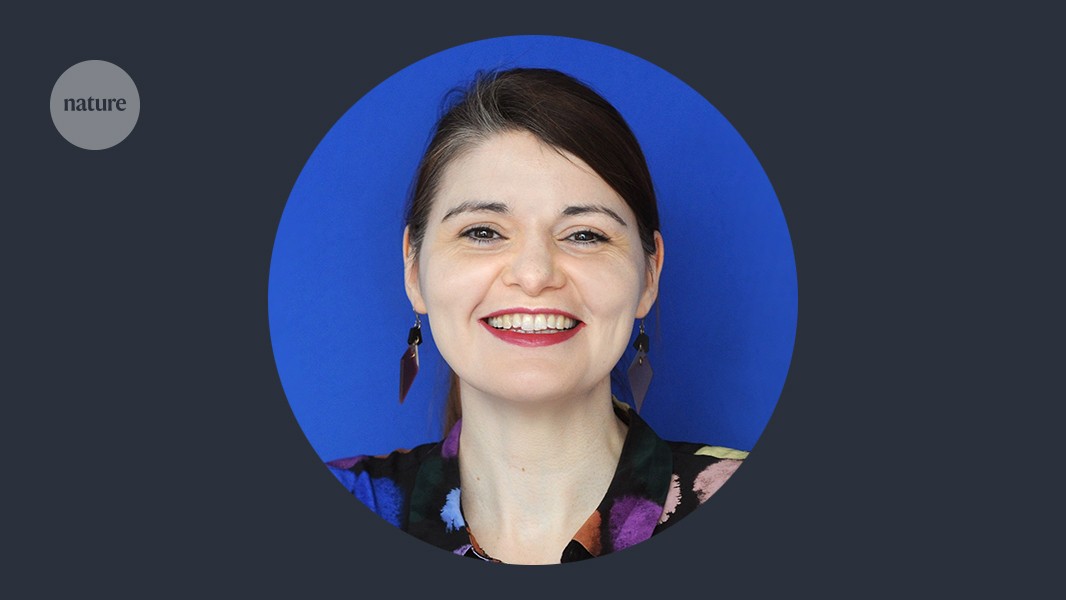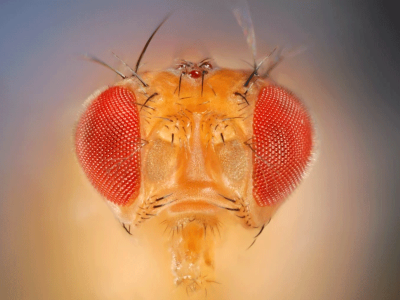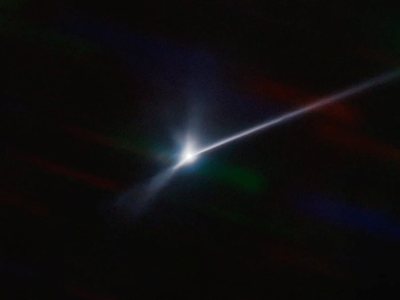What do the brain map of the fruit fly, the location of exoplanet WASP-77 A b, the identification of antibiotic resistance in the bacterium Escherichia coli and crop security of the cassava plant (Manihot esculenta) in Uganda have in common? They are all the subjects of breakthroughs made possible by citizen scientists.
Members of the public have long engaged in scientific pursuits — they were recording locust outbreaks in China nearly 2,000 years ago, for example. Today, amateur researchers can help to track endangered animals, record weather events and hunt for galaxies.
Use citizen science to turbocharge big-data projects
But chemistry can seem out of reach for amateur scientists, with its laboratory work technicalities and essential safety protocols. These concerns are valid — yet surmountable, as my foray into participative chemistry shows.
In 2015, I was struggling to make enough samples for a research project. My colleague Julia Parker and I wanted to understand the formation of calcium carbonate — a compound found in natural materials ranging from chalk and pearl to the shells of eggs and molluscs.
Pure calcium carbonate comes in three crystalline forms — calcite, vaterite and aragonite. In nature, amino acids and proteins determine which type is made, but it’s unclear how. We aimed to explore the effects of various additives, their concentrations and reaction times. But it would have taken us about 200 days to make the 1,000 samples we wanted, plus the time needed to clean mountains of glassware. We couldn’t fit this around our other commitments.
But we realized that secondary schools use most of the chemicals needed, and so pupils, teachers and lab technicians might be able to help us. We approached 110 schools through national teaching networks and advertising in the media, asking for 10 samples per school. We named the effort Project M, after 1,000 in Roman numerals.
Data on SDGs are riddled with gaps. Citizens can help
Project M scientists synthesized calcium carbonate with certain additives. They weighed starting materials, mixed and filtered solutions, dried the resulting powders and prepared them for characterization — keeping rigorous records. They sent us their samples and we ran a 24-hour experiment to reveal the crystals’ structures.
In the end, 80% of the schools participated, and 20% of these did not send the 10 samples requested, because some teachers could not fit the experiments — two sessions of 45 minutes each — into their tight curricula. From the 659 suitable samples we received, we identified additives that favoured or deterred the formation of vaterite, and found that the structure of calcite expands to incorporate additives, but that of vaterite doesn’t (C. A. Murray et al. CrystEngComm 26, 753–763; 2024).
When I tell fellow chemists and other scientists about Project M, many ask if school samples can be trusted. Some wonder whether we sacrificed scientific rigour. We did not.
Any results are only as good as the experiment’s design and data. We carefully designed a robust protocol, working with teachers. We found out what equipment they had; we provided chemicals, filter paper and funnels; we used units and terms that schools were familiar with. The schools ran control tests and repeated measurements.
Trust goes both ways. Just as chemists must be able to trust the data provided by citizen scientists, participants must be able to understand the aim and steps of a project. Our team built a website to allow all participants to check their results, identify which structure they had made and compare their results with others.
There are risky experiments that amateur chemists should not perform. But the contents of a secondary-school lab hold more possibilities than you might have thought. And many teachers have done chemistry degrees, research or lab work. Their expertise can set experiments up for success.
Asteroid collisions show how much amateur astronomers have to offer
Citizen scientists, like professional ones, have various motivations. Fantastic participative chemistry projects can be initiated or led by non-chemists. Some existing ones are grounded in local, traditional or Indigenous communities — such as an effort by women in Yolombó, Colombia, to map mercury contamination from mines, and a project by members of the Shinnecock Nation to monitor water quality and track microbial sources in Shinnecock Bay, New York.
Many Project M students told us how proud they were to be taking part in a real research project. Teachers were keen to reuse skills from their degrees. And our colleagues were excited about our unusual collaborators.
The project was a lot of work — it took two years for us to even approach schools — but it was much more enriching than making all the samples ourselves. We learnt a lot (see C. A. Murray et al. Front. Commun. 8, 1229616; 2023). If we were to embark on such a collaboration again, we would provide better visual resources for the students to present to their peers, create an online community for teachers and ask each school for fewer samples.
For me, the most rewarding part of Project M is that it led to meaningful science. We explored a chemical space that was too vast to tackle on our own, with some incredibly enthusiastic collaborators. I was surprised by their insights and their commitment to rigour. And we expanded the range of people who might see themselves as chemists.
The world is full of budding scientists ready to make and break chemical bonds. Their curiosity can lead you down (reaction) pathways you never expected.
Competing Interests
The author declares no competing interests.





